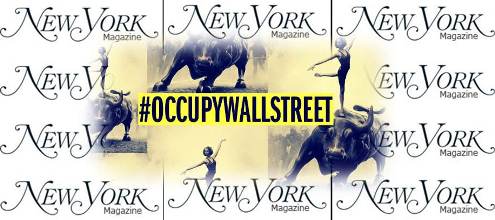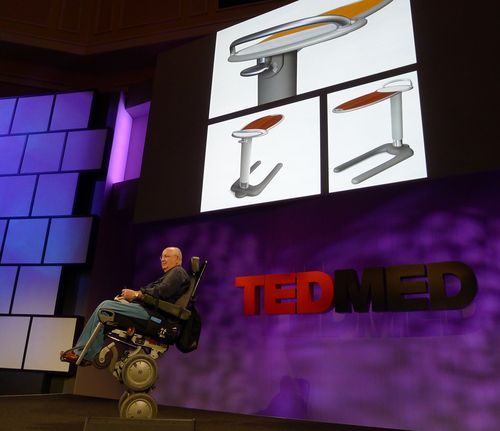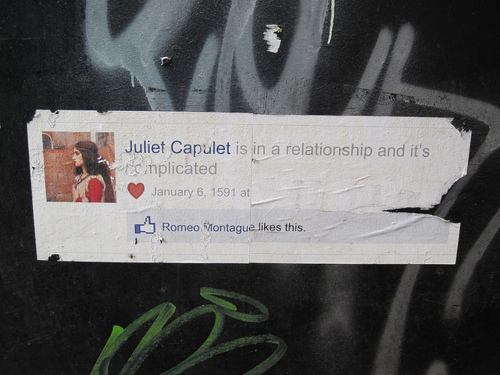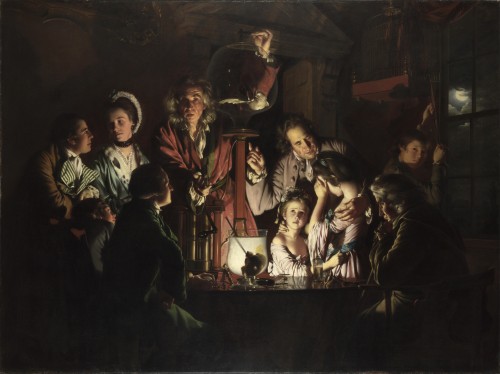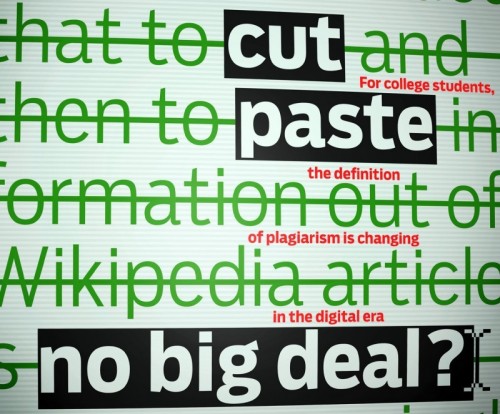A few of us here at Cyborgology have a running joke going about #HipsterStudies, so I thought I would compile a couple comics that likewise intellectualize this subcultural movement. The first, sent in by reader Letta Wren Page, is a comic by Dustin Glick:
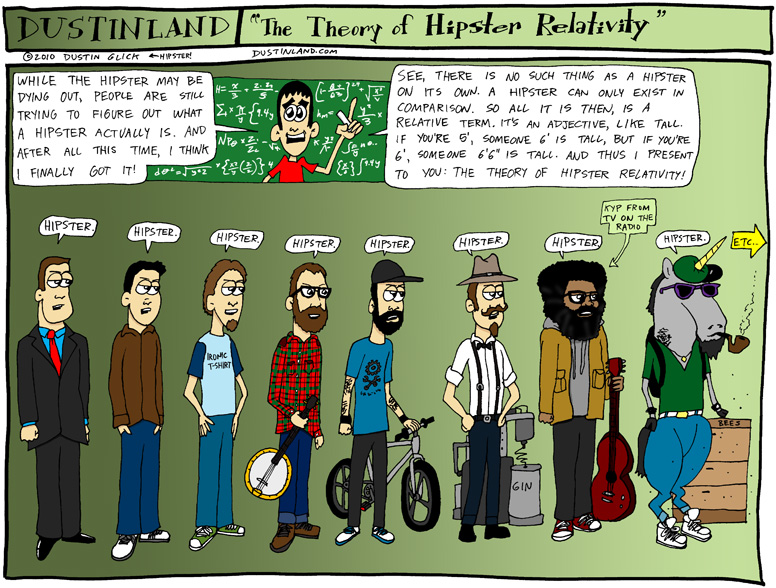
This image does a great job illustrating the inherent relativity of the hipster label. That is, as a largely pejorative label, one can only be deemed a hipster by comparison. Much like Thornton (1996) discovered in her study of UK youth raves, where club kids used pejorative labels to denote the bounds of group membership, the hipster as label serves to undermine attempts to mimic subcultural forms (and hence, it serves as a way to deny these actors any semblance of subcultural capital). more...

